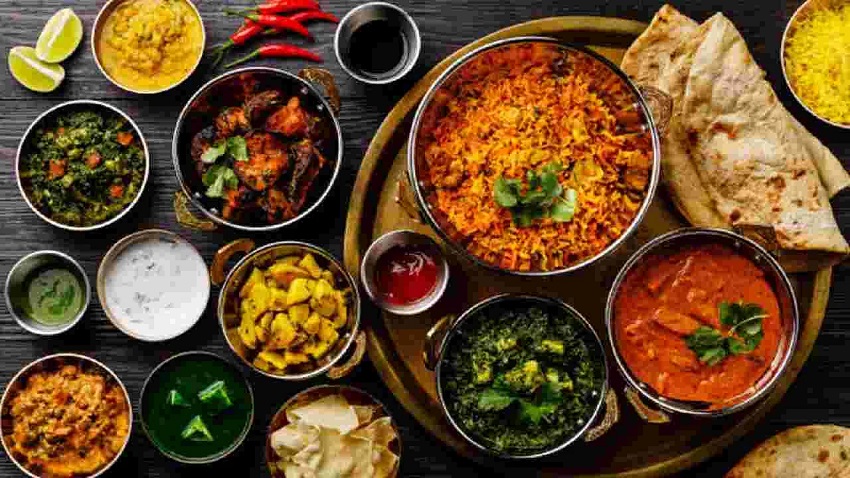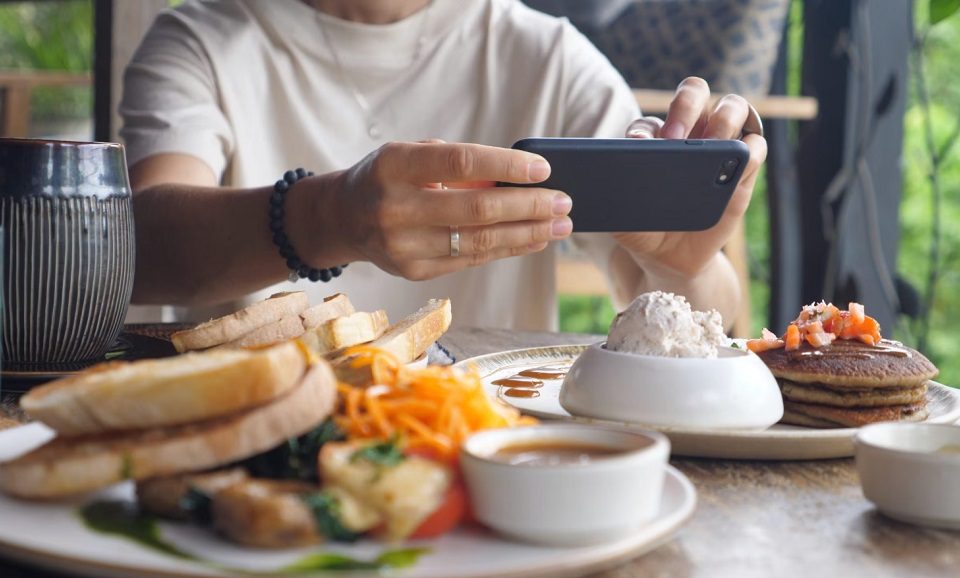5 Common Myths About Indian Foods

6 Most Expensive Schools in the World
August 27, 2022
Letterman Jackets – Are They Worth the Hype?
August 31, 2022There are numerous misconceptions about Indian food. Some of these misconceptions include that all Indian food is spicy, naan is the Indian bread most widely eaten in the country, eating street food in India is most certainly going to get you sick, and that Indian food is pretty much the same across the entire nation just like online casino games are the same as their physical counterparts.
These misconceptions about Indian cuisine are way off the mark. Not all Indian food is spicy, naan is only one of many favorite bread types in the country, Indian food varies significantly from region to region in the subcontinent, and while caution should be exercised, eating street food in India does in no way guarantee one getting sick.
- Indian food and curry are the same thing.
The word ‘curry’ has somehow become synonymous with all food that is Indian. The truth is that it was a misunderstanding that gave birth to this inaccurate, over-simplified, and all-enveloping term. When the British were introduced to specific Indian dishes like kadhi — a curd based gravy dish — they did not realize that this was the name for that specific dish and one that did not apply to all Indian food. They, however, assumed that it did, and that any Indian food with a gravy was to be called kadhi or the more simplified “curry”. This misinformation has continued over time and today many Indian dishes still being called “curries”.
There are very few dishes in India that an Indian would actually call a curry and most dishes that come with gravy would never be termed “curry” by an Indian. Dishes in India are generally called by their individual specific names.
- Indian food is all spicy
Rajma is not spicyRajma is a kidney bean dish that is rarely spicy. Indian food is spicy in that it incorporates a wide array of spices that are used for seasoning. Spices are an essential part of the Indian diet and most foods in India feature spices to a greater or lesser degree, but that doesn’t necessarily mean that Indian food is hot. Yes, Indian food is spicy, but it won’t set your mouth on fire! It is important to point out that while there are a few dishes like Vindaloo and Rasam that are indeed too hot and spicy even for some Indians, day to day Indian food preparations like Dal (lentil soup), Rajma (kidney beans), Chhole (chickpeas), Idli (rice cake), and Dosa (rice crepe) aren’t really spicy at all.
- Naan is the word for Indian bread
There are many types of Indian breadChappati and paratha are other commonly eaten types of Indian bread. There are over thirty different types of bread in India and naan is just one of them. To be specific, naan is a leavened bread cooked in a tandoor that is more widely consumed in northern India. It is especially popular in Punjabi cuisine. The reason naan is so popular around the world (apart from it being obviously delicious!) is that most Indian restaurants outside of India serve North Indian dishes. Most Indian families don’t eat naan on a daily basis as it’s rather heavy and filling. The staple bread most widely consumed in India is perhaps chapati (also known simply as roti), a flatbread with a mild, nutty, flavor cooked on a hot pan. They serve as one of the best compliments when you’re gaming at jeux casino en ligne.
- Being a vegetarian in India is the same as being a vegetarian in the West
Punjai egg curry is not vegetarian in IndiaPunjabi egg curry is vegetarian by western standards, but most Hindu vegetarians wouldn’t be unable to eat it. Approximately 40% of the Indian population is vegetarian. Even those in India who do eat meat, do so very infrequently. However, there are some important distinctions to be made when comparing vegetarianism in the West with vegetarianism in India. Those in the West that opt for a vegetarian way of life, do so out of health and environmental concerns, nonconforming and behaving in a way that is at direct odds to how others in society behave. While there are some in India who adopt a vegetarian lifestyle out of health and environmental concerns, most do so out of societal or communal pressure rooted in religious or cultural beliefs.
- If you eat street food, you’ll get sick
The best way to eat street food and stay safe is to take a street food tour with a knowledgeable guide. India has some really great street food to offer and many travelers to the country want to try as much of it as possible… in as safe a way as possible! Street food in India can vary from region to region but regardless of how tasty it is, it’s always a good idea to exercise caution when trying some, due to hygienic concerns. Despite this, it is definitely possible to eat street food without getting an upset stomach as long as you are careful.




